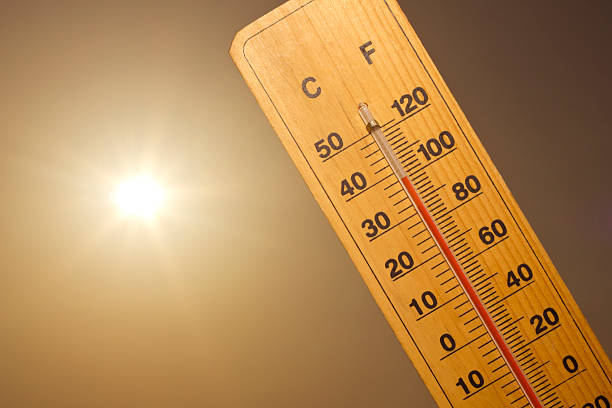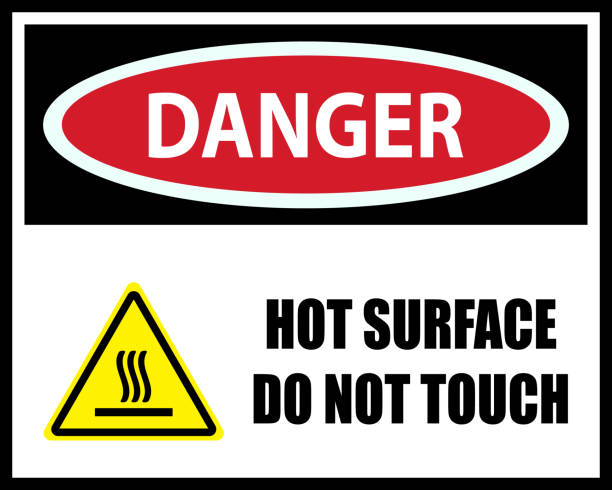Staying Safe While Working In The Heat
Words: Nathan Oland
Words: Nathan S. Oland, Senior National Account Executive at Federated Insurance
Photos: Gabrijelagal, Marccophoto, Horbatiuk Bohdan
After a long, gray winter, the sun is shining, the birds are chirping, and the mercury is rising — and rising, and rising. For several weeks in the spring, outdoor work is going to be comfortable — even preferable to indoor work. But by mid-to-late June, the temps will begin to take their toll.
The Dangers of Heat
Preparing for and handling working in heat and humidity can provide protection from potentially deadly conditions. Your body is designed to cool itself and normally does a good job. But if you’re exposed to extreme heat for too long, sweat a lot, and don’t rehydrate, your cooling system may fail. A heat-related illness can start slowly — you may not even realize it’s happening — but it can quickly get worse if it’s not treated. While anyone spending time in high temperatures is susceptible to a heat-related illness, some conditions can make you more likely to develop a heat-related injury, including:
 Source: Marccophoto
Source: Marccophoto- High levels of humidity
- Obesity
- Fever
- Dehydration
- Prescription drug use
- Heart disease
- Poor circulation
- Sunburn
- Alcohol use
Know the Warning Signs
Major warning signs of heat-related illness include muscle cramps, nausea or vomiting, weakness, headache, dizziness, and confusion. If you notice any of those symptoms, you might have one of the following:
- Heat cramps — Just like they sound, these charley horses can be an indicator of a heat-related illness.
- Heat exhaustion — Symptoms include increased body temperature, clammy skin, fatigue, nausea, headache, low blood pressure, and faintness. Untreated, it can lead to heatstroke.
- Heatstroke — This condition is life-threatening and can cause brain damage, organ failure, or death. Body temperature goes over 104°F. The victim may stop sweating even though his/her skin may be hot, and could also become confused or irritable. Medical attention is critical.
Avoiding the Dangers
Not everyone reacts to excess heat exposure the same way. If you work in hot conditions, familiarize yourself with the related risks and preventive measures to help protect yourself. Practicing basic precautions can help make working in hot weather more bearable and less dangerous.
 Source: Horbatiuk Bohdan
Source: Horbatiuk Bohdan- Don’t overdo it. Pace yourself when working in the heat.
- Hydrate with plenty of water or sports drinks, but no alcohol or caffeine.
- Dress appropriately — light-colored, lightweight, loose-fitting clothing, including a wide-brimmed hat, if possible.
- Stay out of the midday sun if you can. Do the harder work during the cooler parts of the day.
- Wear sunscreen. A sunburn makes it harder for your body to cool itself.
- Keep an eye on co-workers. You might notice symptoms before they do.
If you or a co-worker experience symptoms of heat-related illness, stop work immediately, get out of the sun, and notify a supervisor or seek medical attention. A bright day could quickly turn dark if you don’t recognize the risks of working in the heat.
DOWNLOAD A HEAT SAFETY FLYER FOR YOUR TEAM HERE